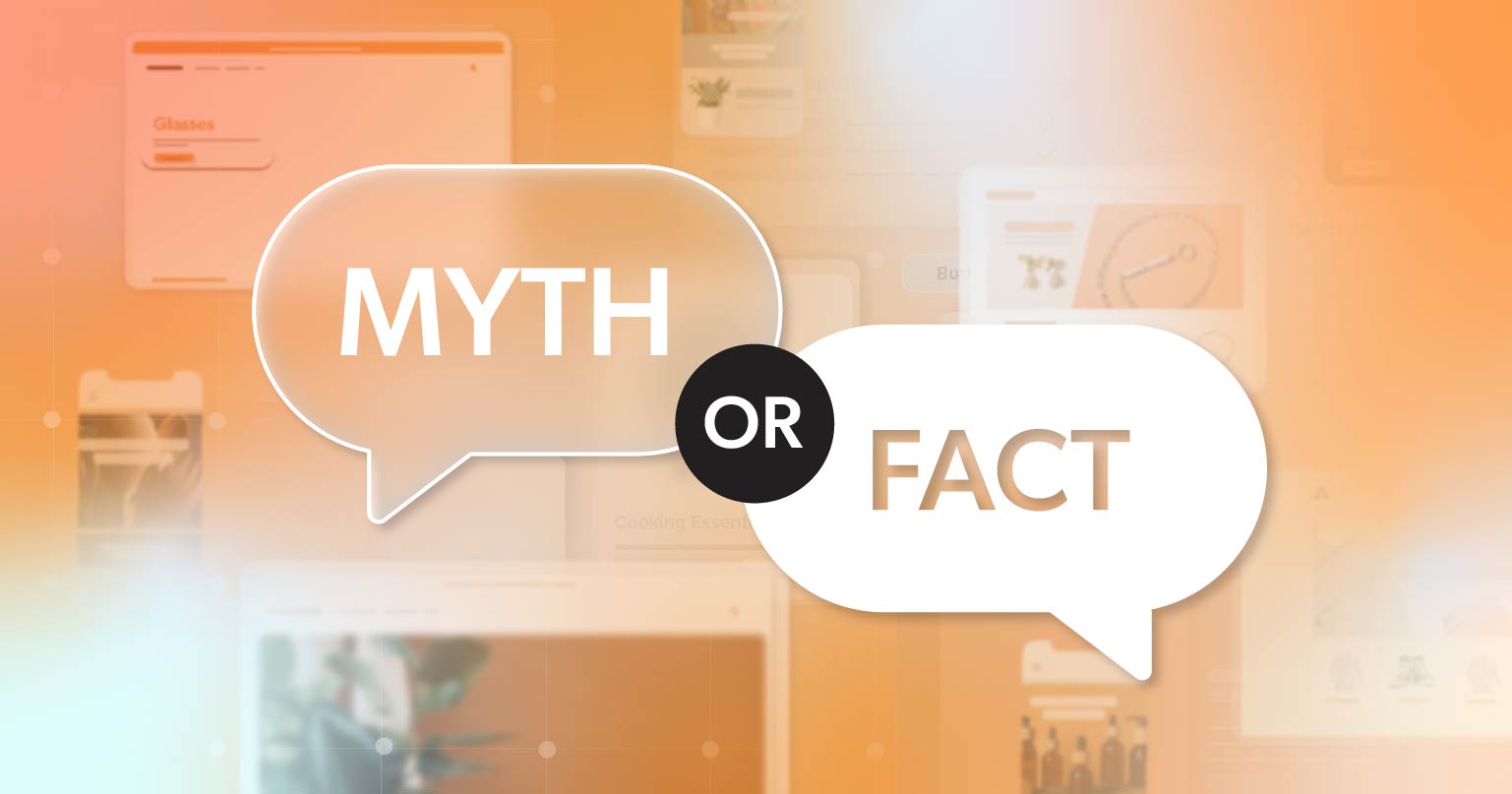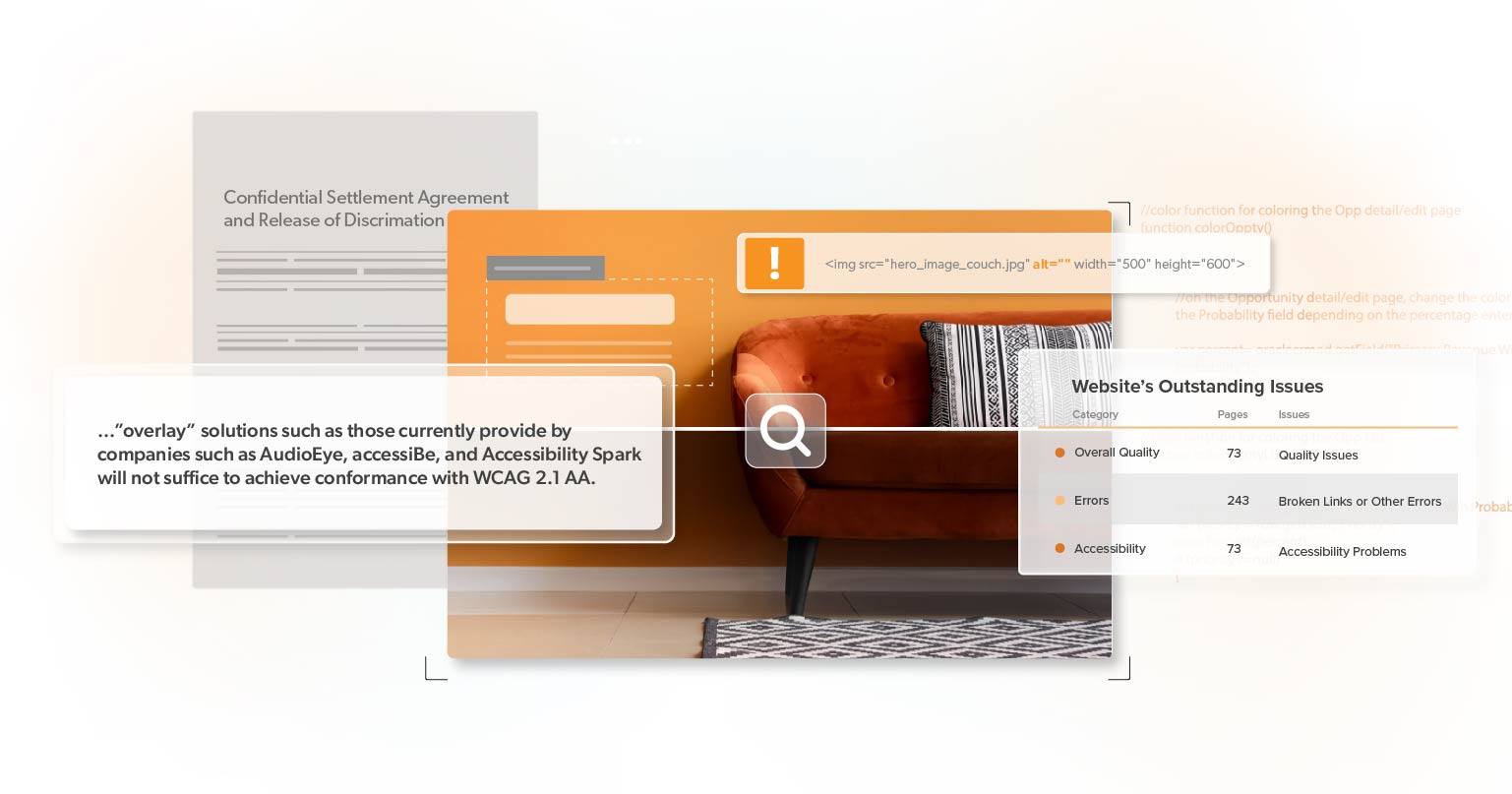You’ve just added a shiny new widget to your website, promising instant accessibility and compliance with laws like the Americans with Disabilities Act (ADA). Sounds too good to be true, right? That’s because it often is. Many companies market web accessibility overlays as the magic solution to all your accessibility problems. They promise that with just a quick install, your site will be fully compliant and accessible to everyone. It sounds like the easiest fix in the world—but is it really?
The truth is, while these overlays might seem like a simple answer, they don’t solve everything. From complex guidelines to ongoing legal risks, relying on an overlay alone can give you a false sense of security. In this article, we’ll dive into the real story behind these widgets and explore why genuine web accessibility requires more than just a quick fix. So, buckle up and let’s uncover the truth about web accessibility overlays and what it really takes to make your site inclusive for all users.
Myth #1: Web Accessibility Overlays Fully Automate Web Accessibility Compliance
One of the biggest misconceptions about web accessibility widgets is that they can fully automate compliance with web accessibility standards. Many companies selling these overlays promise that adding their widget to a site will instantly make it accessible and compliant with laws like the ADA or the Web Content Accessibility Guidelines (WCAG). This sounds great, right? A simple piece of code can fix all your accessibility problems in a matter of minutes!
The Truth: Overlays Can’t Fix Everything
Here’s the thing: overlays can’t fix everything. While they may assist with some accessibility needs—like text resizing or color contrast—they fall short of addressing complex issues that require thoughtful design and coding. Real accessibility involves:
Complexity of WCAG Standards
The WCAG guidelines cover a wide range of disabilities—visual, auditory, motor, and cognitive. Meeting these standards often requires more than what widgets can provide. For example, overlays might not solve issues such as:
- Navigation menus that aren’t keyboard-friendly
- Popups or modals that don’t properly capture focus
- Logical tab order problems
- Incorrectly labeled images, buttons, or form fields
- Buttons made with non-interactive HTML tags
While most of these issues are not visible to all users, these issues are significant barriers for users with disabilities. This means that while overlays might help with some parts of compliance, they can’t cover everything.
Surface-Level Changes
Many overlays offer features like enlarging text or adjusting color contrast. While these can be helpful, they only address surface-level issues. True compliance involves deeper changes to the website’s code and design—something they can’t provide.
Dynamic Content Challenges
Overlays may struggle with dynamic content like live updates or interactive features. These parts of a website that change often might not work well with overlays, leading to potential accessibility problems.
Myth #2: Overlays Are a One-Size-Fits-All Solution
Some believe that widgets are a one-size-fits-all solution for every website. The idea is that once you add an overlay, it will work for every visitor, no matter their needs. Marketing claims often suggest that they can solve accessibility issues for all types of disabilities.
The Truth: Overlays Aren’t Universal Fixes
Every website is unique, and so are its users’ needs. Here’s why overlays often fall short:
Different Needs for Different Sites
Websites come in various forms, from simple blogs to complex e-commerce sites. An overlay might offer basic features, but it might not be suitable for every site. For example, a shopping site with complex navigation might need specific accessibility adjustments that an overlay can’t provide.
Incompatibility Issues
Overlays can sometimes interfere with a site’s existing design or functions, especially for custom-built websites or those with complex interactive elements. Instead of helping, the overlay might cause problems or make the site less accessible.
User Preferences
Different users have different needs. While overlays might offer some customization options, like changing font size or color contrast, they can’t cater to all specific needs. For example, someone with a motor disability might need easy keyboard navigation, while someone with a cognitive disability might need simpler content. Overlays often lack the flexibility to address all these diverse needs.
Myth #3: Overlays Improve Accessibility for All Users
It’s easy to believe that if you add an overlay, you’ve made your website more accessible for everyone. This myth is particularly damaging because it can lead to a false sense of security. Site owners might think they’ve done enough and may not feel the need to make further efforts toward accessibility.
The Truth: Overlays Can Create Barriers
Overlays can actually create new barriers for some users. For example, screen readers—used by people who are blind or have low vision—might conflict with overlays, causing confusion or glitches. In some cases, users have reported that they make websites even harder to navigate. So, while widgets might help some users in certain situations, they can also cause new challenges for others.
Myth#4: Overlays Are a Substitute for Genuine Accessibility Practices
There’s a belief that adding an overlay is all you need to do for accessibility compliance. Some think this means they can skip the hard work of manual audits, coding standards, and user testing. After all, if the overlay claims to handle accessibility, why bother with anything else? But that’s far from the truth. Genuine accessibility takes more than just a quick fix.
The Truth: Real Accessibility Requires Real Effort
True web accessibility means creating an inclusive experience for everyone, which involves more than just using an overlay. Here’s why:
Genuine Accessibility Takes Effort
Accessibility involves a mix of automated tools and human effort. Overlays might be part of an accessibility strategy, but they aren’t a replacement for manual audits and user testing. Human testers, especially those with disabilities, can provide insights that automated tools can’t. Real accessibility requires following coding standards, testing with real users, and regularly updating the site based on feedback. It’s a continuous process, not a one-time fix.
Myth #5: Web Accessibility Overlays Decrease Legal Liability
There’s a common myth floating around that adding a web accessibility overlay to your website will reduce your legal liability for not meeting accessibility standards. The idea is that if you just slap on an overlay, you’re covered, and you won’t have to worry about being sued for accessibility issues. Sounds tempting, right? Especially if you’re looking for a quick fix to avoid legal trouble.
The Truth: Overlays Don’t Eliminate Legal Risks
Here’s the reality: using an overlay doesn’t guarantee you’re legally safe. While overlays might help with some features, they don’t always meet legal requirements or ensure full compliance with laws like the ADA.
Incomplete Compliance
Overlays might improve some aspects, but they often miss key parts of accessibility, like keyboard navigation or dynamic content. If your site doesn’t fully meet accessibility standards, it can still be considered non-compliant. Legal requirements ensure all users, including those with disabilities, can access and use your website properly.
Ongoing Legal Risk
There were 933 lawsuits last year against websites using these so-called “accessibility solutions,” and the number is growing. This year, we’re on track for over 1,100 lawsuits against sites with these ineffective widgets. In the first half of 2024 alone, 503 lawsuits targeted sites with active widgets, making up 20% of all accessibility-related lawsuits this year.
Overlays in Settlement Agreements
Recently, many settlement agreements have made it clear that using overlay solutions like AudioEye, AccessiBe, and Accessibility Spark doesn’t meet compliance standards. This shows the need for strong accessibility measures integrated into your site’s design.
Overlays Can Make You a Target
Businesses using overlays are facing a rise in copycat lawsuits. Lawyers target companies with third-party widgets, knowing these tools often fall short. Tools like BuiltWith can show which websites use specific tools, making it easy to target sites with these solutions.
Why Genuine Accessibility Practices Matter
Web accessibility is about more than just meeting legal requirements—it’s about making your site usable for everyone. Genuine accessibility practices, like following WCAG guidelines, conducting manual audits, and testing with real users, ensure your site is accessible to people with various disabilities. This not only helps avoid legal problems but also improves your website for all users.
To truly reduce legal risk and provide a better experience for all users:
- Adopt Comprehensive Accessibility Standards: Follow guidelines like WCAG to meet all user needs through thoughtful design and development.
- Conduct Regular Audits and Testing: Perform manual audits and usability testing with real users, especially those with disabilities, to find and fix issues that overlays might miss.
- Continuous Improvement: Regularly update your site and re-evaluate your accessibility practices to keep up with new standards and user needs.
Final Thoughts
While web accessibility overlays might seem like a quick and easy fix for making your website compliant with the ADA, they’re far from a complete solution. Overlays often fall short in addressing complex accessibility issues, and relying solely on them can lead to incomplete compliance and even create new barriers for users. Genuine web accessibility requires a thoughtful approach that includes adhering to comprehensive standards like WCAG, conducting manual audits, and testing with real users.
If you’re serious about making your website truly accessible and reducing legal risks, consider scheduling an ADA briefing with 216digital. Our experts can help you understand the full scope of accessibility requirements and develop a strategy that goes beyond quick fixes. With our guidance, you’ll ensure your site meets all necessary standards and provides an inclusive experience for everyone. Don’t leave your website’s accessibility to chance—contact 216digital today to get started on a path to genuine compliance and better user experience.



